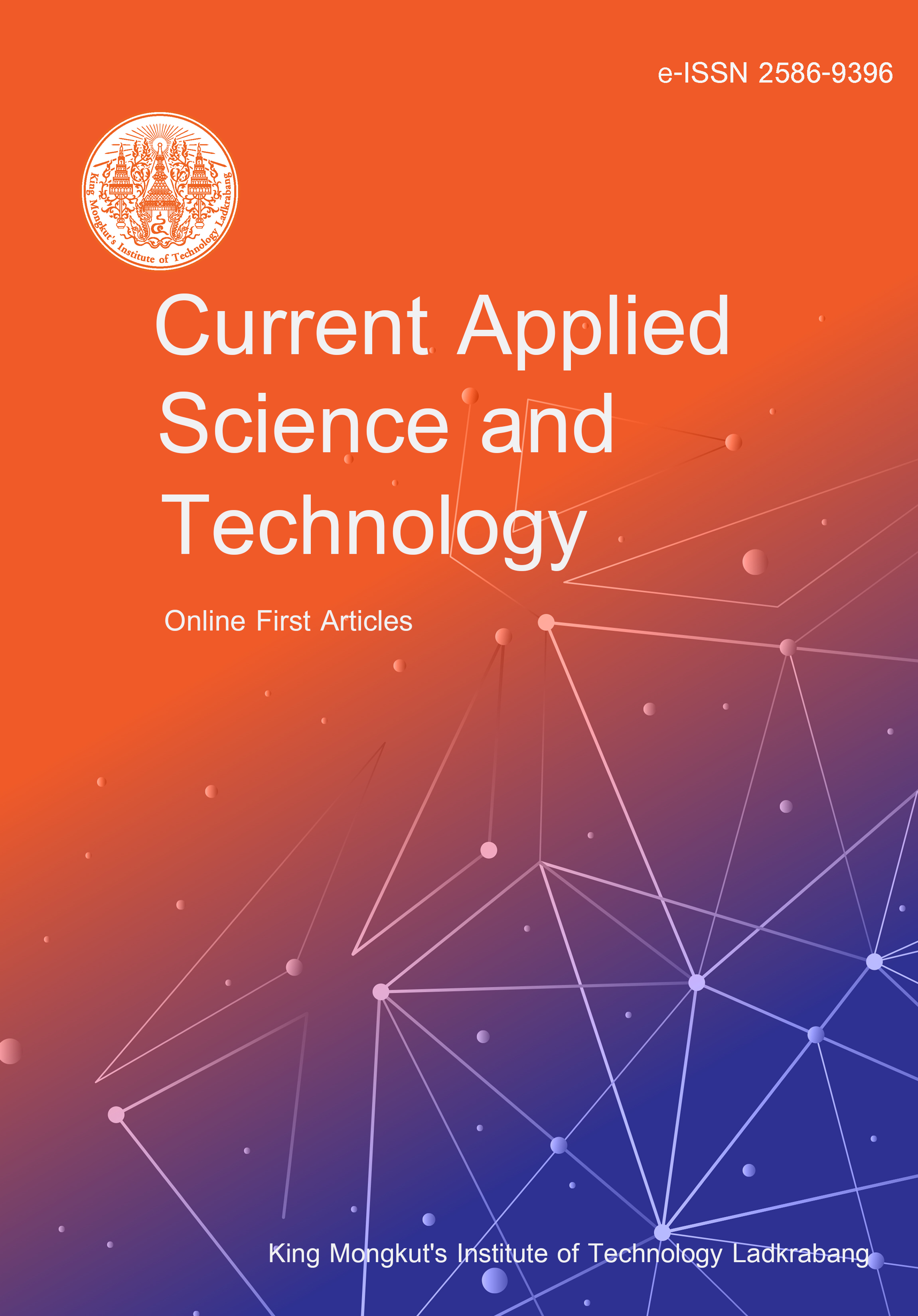The greater wax moth, Galleria mellonella (L) (Lepidoptera: Pyralidae) is a major pest that causes serious damage in beekeeping industry. Controlling this pest is a great challenge due to its direct contact with honeybees and their products. This study was conducted to evaluate the effectiveness of various plant-based wastes against G. mellonella, facilitating the replacement of synthetic chemicals hitherto used for its control and the recycling of the botanical wastes. For this purpose, various ethanolic extracts of banana (Musa paradisiaca L.), mandarin (Citrus reticulate Blanco), and orange (Citrus sinensis L.) peels were prepared and their phenolic compounds were detected using HPLC. All extracts were applied against the 4th larval instar of G. mellonella and their LC25 and LC50 after 24, 48, 72, and 96 h were determined. These effects were examined on larval mortality, nutritional reserves (total protein, lipid, and carbohydrate contents), digestive enzymes (protease, lipase, and amylase) and midgut histology. The obtained results revealed that the banana peel ethanol extract (BPEE) was very promising for pest control as it had the lowest LC50s comparing to the other treatments. Moreover, biochemical tests showed an increase in the protein content and a decrease in the carbohydrate content of the treated larvae, while the lipid content was not changed. In addition, treatments also disrupted the activities of digestive enzymes. In all cases, treatment with BPEE produced the strongest effect in treated larvae compared to other treatments and controls. Finally, BPEE induced marked gut damage in the treated larvae.
Mahdy, R. R. Z. undefined. ., Mo’men, S. A. A. undefined. ., El-Bar, M. M. H. undefined. A. ., Barakat, E. M. S. undefined. ., & Radwan, M. H. undefined. . (2025). Screening and Evaluating the Effectiveness of Ethanolic Botanical Waste Extracts as a New Approach for the Control of the Greater Wax Moth, Galleria mellonella (L). CURRENT APPLIED SCIENCE AND TECHNOLOGY, e0263854. https://doi.org/10.55003/cast.2025.263854

